Establishing a tree in Central Texas is a labor of love. Given proper care your tree will thrive for many years to come. Please remember that rain and irrigation is not adequate for establishing newly planted trees. It can take up to one year for each inch of trunk caliper to fully establish a tree. Missing just one day of watering, especially on a hot or windy day, can mean root death for the tree from which it may not recover. Keep up the good work and you will be rewarded in shade in no time.
Tree Care and Maintenance
Watering:
-Water your tree religiously for at least one year using the following guidelines, and subsequent years during the hottest months or if we experience high heat, wind or drought conditions.
-At the time of planting the tree needs to be deeply watered. Two days after planting the tree needs to be deeply watered again. You can do this by turning on the hose and laying it inside the mulch reservoir, about six inches from the trunk, running it at a steady stream for about thirty minutes. If the reservoir does not fill up evenly, move the hose to the other side and repeat watering. If you have planted a larger tree, we recommend using a small sprinkler. Be sure to apply enough water to saturate the entire root ball, to the bottom, and the soil area beyond.
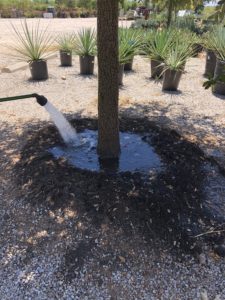
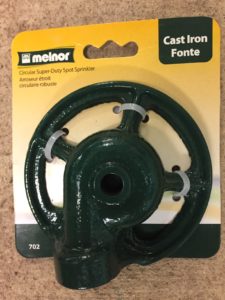
-Make sure you are saturating the entire root ball and the soil area beyond. Be sure to water deeply and DO NOT RELY ON RAIN OR SPRINKLER IRRIGATION! Please note that this is just a general watering guideline. If you have heavy clay soils, it is very easy to overwater a tree and kill it.
Guidelines for Watering Your Tree for the First Year
| Temperature | Frequency of Watering |
| 90-100 Degrees | every day |
| 80-90 Degrees | every other day |
| 50-80 Degrees | twice a week |
| Winter | once a week |
-Clay and other poorly draining soils may not require as frequent watering as indicated above. Overwatering or trees staying too wet can be as damaging as trees being too dry. The best way to check for soil moisture is to dig down under the mulch 3 or 4 inches and feel if the soil is moist. Be sure to check the root ball and the surrounding soil for moisture.
Fertilization:
-We recommend an organic program for the long term health of your trees. Trees need to be fertilized each spring and fall with an organic tree and shrub fertilizer such as Microlife Ultimate 8-4-6. We also recommend applying Microlife Humates Plus twice a year in addition to fertilization. Do not use tree fertilizer spikes.
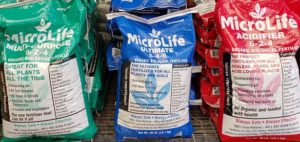
-1/8” topdressing of premium compost may be applied once a year in the spring or fall around the drip line of your tree.
-Chemical fertilizers may be used if desired. Follow package directions or ask us for application advice.
–Be sure to spread all fertilizers uniformly around the entire drip line of the tree. Do not concentrate the fertilizer around the trunk or inside the mulch reservoir. It is very important that you water all fertilizers and compost applications in well.
Mulching:
–Annual reapplication of mulch is recommended to maintain a 2-3” layer of mulch. We recommend a double grind shredded native hardwood mulch that has been aged for a minimum of a year. Keep mulch pulled back 3” to 6” from the trunk.
Weed Control:
-NEVER USE WEED AND FEED TYPE FERTILIZERS OR BROADLEAF HERBICIDES in any areas near trees. You may apply pre-emergent herbicides that will not harm the tree to prevent weeds from germinating.
Staking and Deer Caging:
– It is the customer’s responsibility to keep the tree staked until rooted well. You may remove the staking when you can give the trunk of the tree a good shake and you do not see the ground around it move or jiggle at all.
-If you have deer, be sure to put a cage around your tree trunk to keep them from rubbing on the trunks. Trunk damage does not repair itself. It is better to prevent it by caging with wire or our black plastic tree guards which let air circulate. Do not use black sewer pipe and it can keep the trunk too moist and harbor insects and disease.
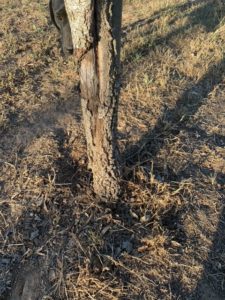


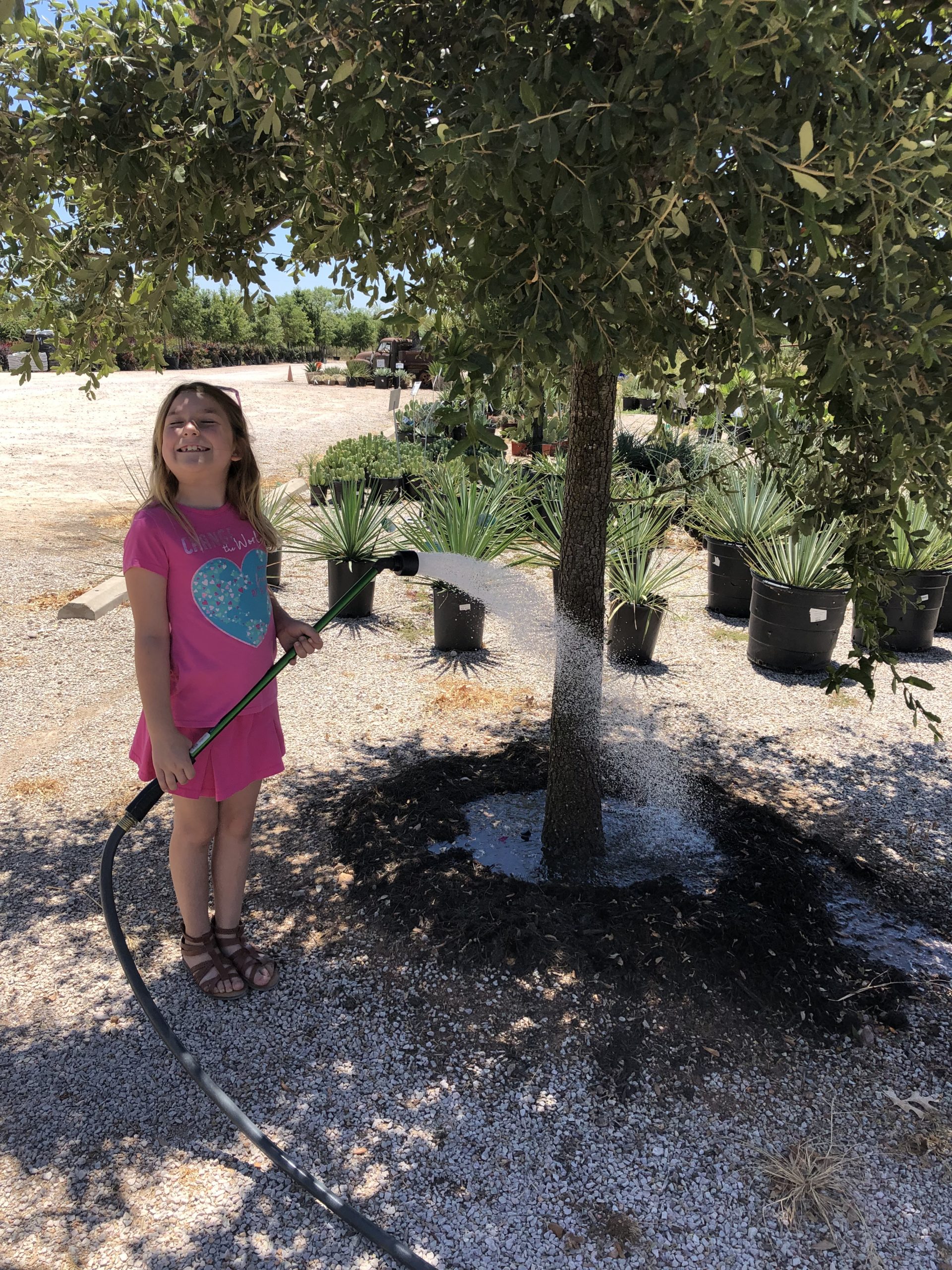
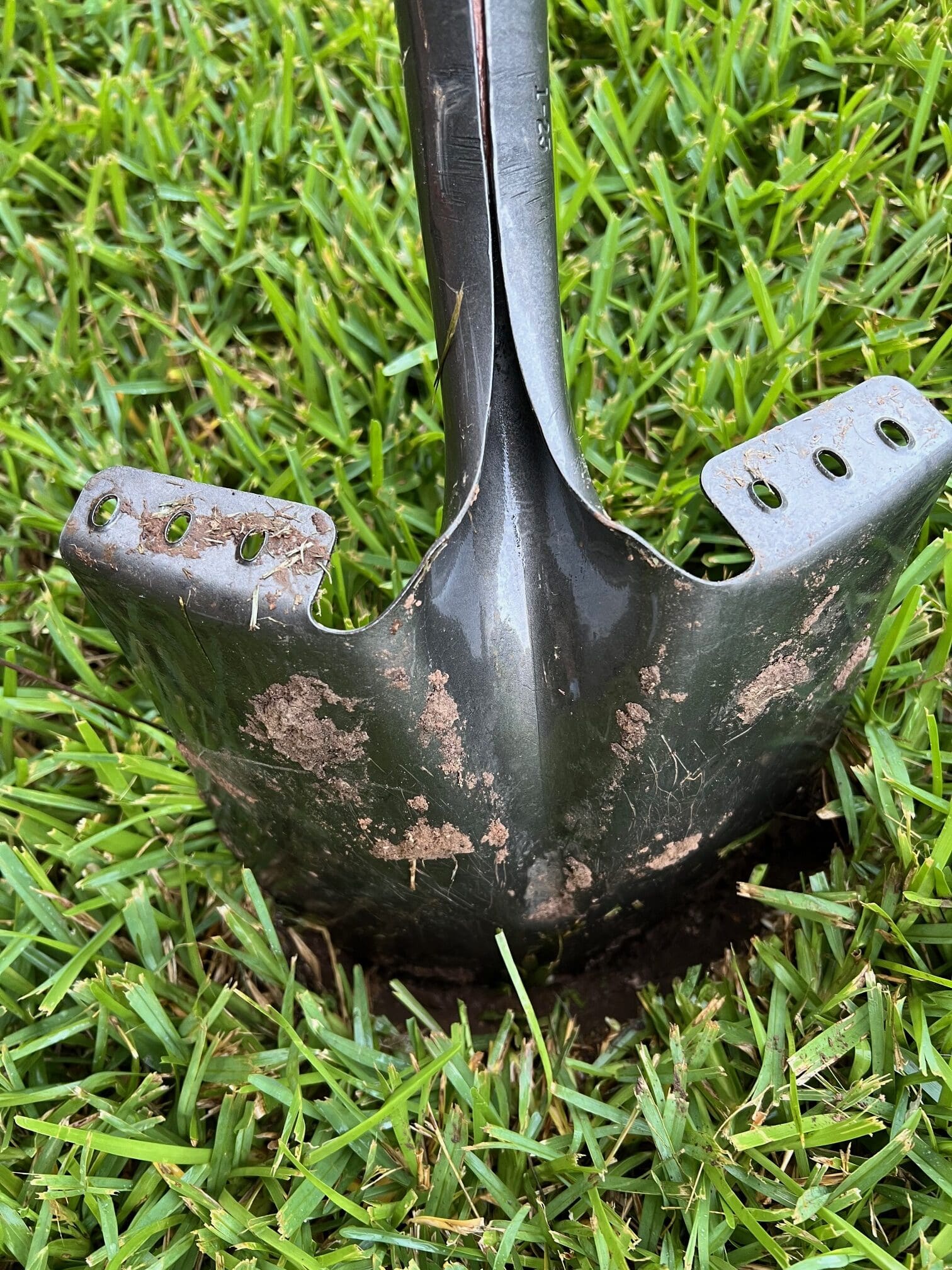


Mary Kay, i just purchased Chocolate Mimosa from BB. As it is June and getting HOT, should I plant the mimosa now OR wait until Oct/November, keeping it in the container it came in or putting in a larger container for the next 4-5 months??? I know mimosas can get too wet so don’t know if I should follow regilar watering guide for new trees their first year getting established…
You will have to water the tree every day whether it is in a pot or planted in the ground, and it will be much easier to keep it watered in the ground, as pots dry out so fast. If your soil is well drained you should have no problem following the guidelines. If you have a clay soil, you should probably plant it “high”. Please let me know if you have additional questions.